A new theoretical model has been created that shows how certain features on a surface affect the freezing point of water. This discovery could enable materials to be designed with surfaces that would make ice form more efficiently requiring less energy – something that could help make snowmaking and cloud seeding, for example, more efficient and cheaper.
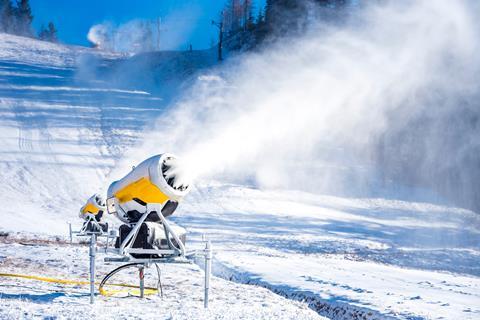
Using molecular simulations, nucleation theory, mathematical modelling and thermodynamics, which they integrated with experimental results, the team from the University of Utah identified a mathematical expression showing that specific angles between surface features facilitate water molecules gathering and crystallising at relatively warmer temperatures. Their model demonstrates that the ice-nucleating ability of ice-binding surfaces not only depends on the chemistry of the surface but also its topographical characteristics.
The question of how water forms ice might appear trivial but it is critical to understand the formation of clouds and precipitation, as well as for cryopreservation, according to Valeria Molinero, a physical and materials chemist at the University of Utah who led the work.
It is generally accepted that the freezing point of water is 0°C, but impurities in water like bacteria or certain proteins often mean ice crystals can form more easily on the surfaces. In completely pure liquid water, ice may not form until -46°C, a phenomenon known as supercooling.
Ice-nucleating bacteria contribute to ice crystal formation in clouds and they are routinely used to produce snow. These bacteria have proteins in their outer membrane that helps ice form at temperatures as high as -1°C.
Previous research by Molinero’s team determined that the distances between groups of proteins could affect the temperature at which ice is formed. ‘Topographical features, such as cracks, cavities and steps, have been reported to be preferred active sites that transform the mineral dust into an effective nucleant that is comparable with ice-nucleating proteins (INPs),’ explains Yuqing Qiu, a postdoc who carried out this latest research as part of a PhD with Molinero. ‘This understanding, together with the molecular basis and mechanisms of ice-nucleating proteins in nature identified in our previous work, can guide the design of effective artificial INPs that outcompete those produced in nature.’
Christoph Salzmann, a physical and materials chemist at University College London who was not involved in this research, says that it is very hard, from the experimentalist’s perspective, to figure out what goes on at the molecular scale when ice forms. ‘This computational study is therefore like gold dust which will enable us to be more focused and efficient in developing new high-performance ice-nucleating materials,’ states Salzmann, who was part of a team last year that discovered a new type of amorphous ice that more closely resembles liquid water than other known ices.
He predicts that the impact of this research will be ‘far-reaching’, from cryopreservation of biological materials and cloud science to food processing and snowmaking for winter sports.
Will Cantrell, an associate provost at Michigan Technological University whose research focuses on atmospheric science, as well as cloud and aerosol physics and chemistry, is excited. ‘There has been a lot of work on ice nucleation, but this puts many of the old pieces together and adds new elements in a way that makes the theory more predictive,’ he says. ‘That’s a critical first step in engineering materials to be better (or worse!) ice nucleators, depending on the application.’





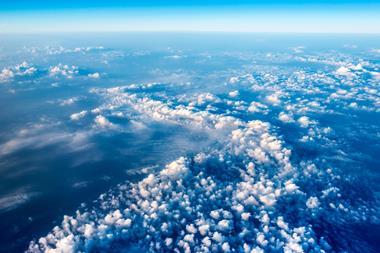
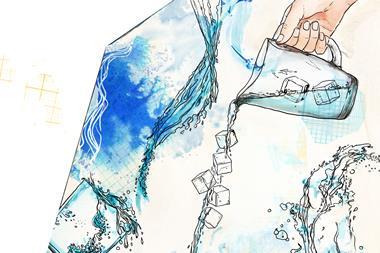

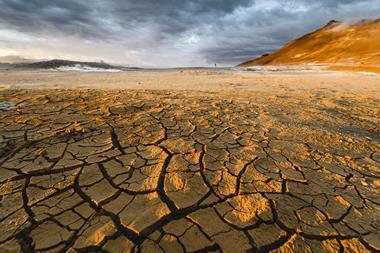
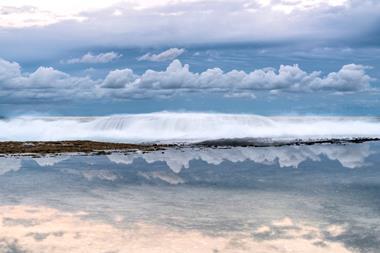


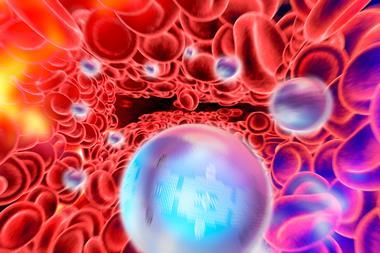




No comments yet